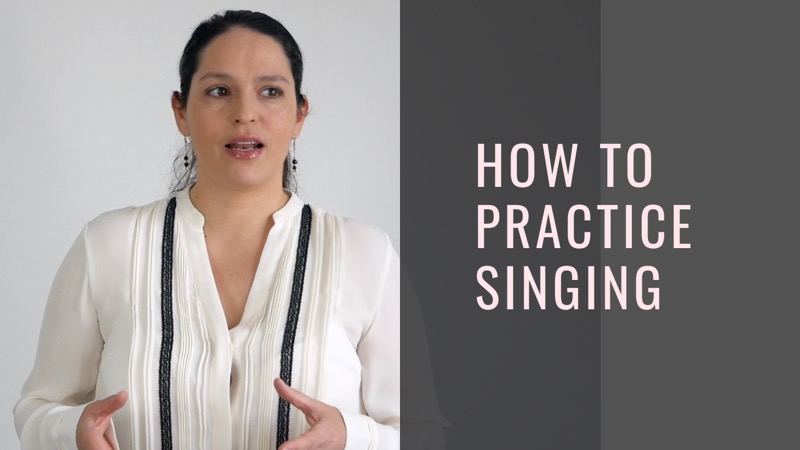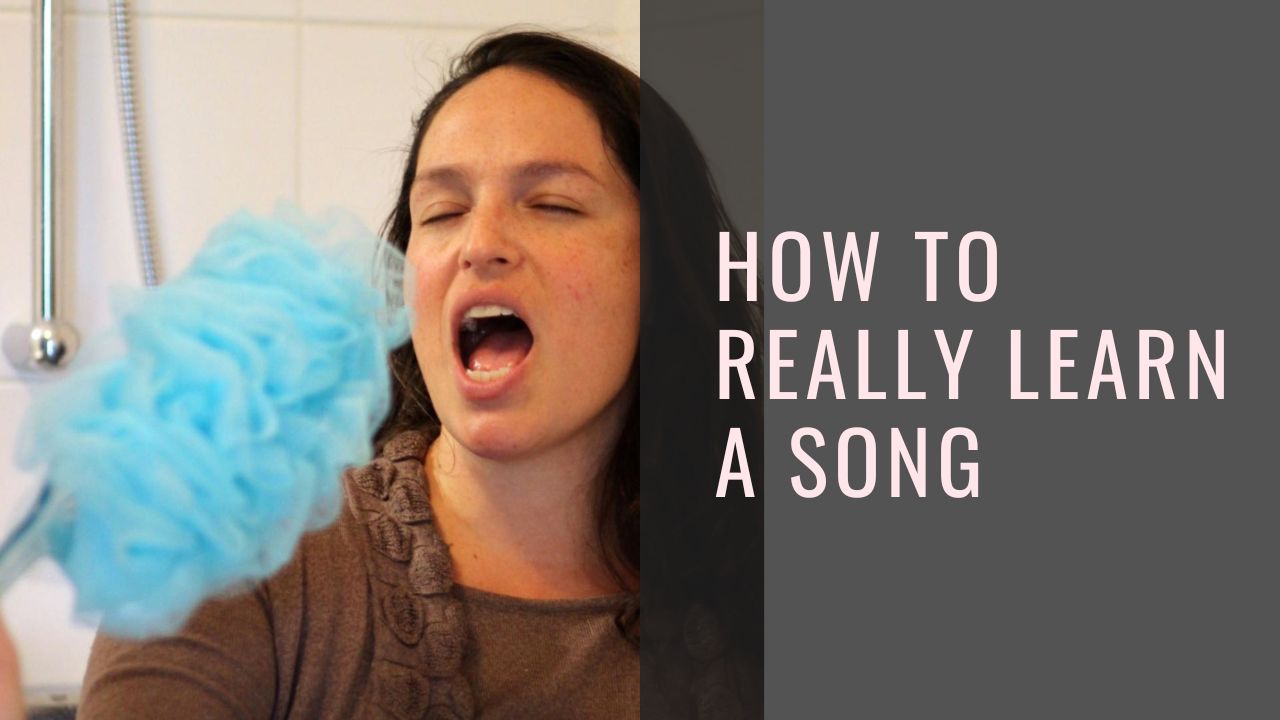How to sing high notes? I was looking for a personal anecdote of me struggling with a high note. But there’s simply too many of them: in the past I struggled with high notes all the time.
You might be familiar with this situation. You learned something in the lesson, let’s say that high note and how to deal with it technically. You go home to practice. You concentrate, but it doesn’t work.
So you concentrate a bit more, you think intensely about it, you really are desperate to do it right this time…. And it still doesn’t work. You have to resist beating yourself up with the nearest whip, imagined or real!
Tensing up is the problem when singing high notes
Tensing up is all too human: it also happens to tennis players who need to put a winning ball between the lines just one more time, when they have match point. It’s hard to not think too much, not to put in TOO much effort on those occasions.
I compare it to what tenor Gabi Sade once told to a class of singing students, about how we sing high notes.
‘We anticipate, we plan… every single fiber of our body is prepared… for the sound to NOT come out.’
Yes, all of us singers recognise this. The problem is that in the seconds or fractions of a second before the note, we clog up.
When we think, all our old habits come back. The new technique we had in mind is not going to surface.
When we think – when we overthink – we can’t help but activating the muscles. The thinking and overthinking is something we do with the muscles. The muscles around our trachea (air pipe) tense up. And also other muscles that are counterproductive.
Three tricks for better higher notes
Plan the support, not the sound
Ah, an anecdote pops in my head, one of me finally succeeding. I remember it vividly. It was when a teacher stuck her elbow under my shoulder blade – OUCH – which prevented me from lifting my shoulders. And that extreme state, which I couldn’t control, turned out to be good for my high notes! Interesting… this got me thinking.
In the years that followed, I ended up settling on a habit of not thinking right before singing the note, but only before I plan the support. With support here I mean air management.
In other words: think not about the note, but plan the way you will approach it.
When you inhale, think about a certain technical element you learned in a voice lesson. And, crucially, when it’s time to make the sound, you simply do it.
In the above video I show an exercise to demonstrate this piece of trickery.
Interesting side note: I’ve talked to people who train for sports and they have remarked that the solution is similar for them. Planning in advance – when hitting a ball, for example – is good. But when the ball is near your hand or racket, you just have to relax and let go.
Give more support to the high notes
Look in the mirror and make sure that your muscles are as relaxed as they can be. Your lungs are nicely expanded. All the stuff you need to have in place for every note: you do a little more of that. Understand that the high notes are not literally somewhere up there. You are still doing the same things, but make sure you do them extra thorough.
Make a tiny, squeeky noise
The mistake would be to make a very ‘large’ sound for high notes. In our mind, we are making a large sound. But that will make us use too much muscle tension. If on the other hand you think of something very small – like a puppy, a baby, or squeeky toy – it will make you make less effort. However – IMPORTANT – when you make that small sound you should maintain a big space in your instrument. Keep the lungs wide, keep the neck relaxed. The space for the air is wide, but the sound you should imagine small.
See below video, starting around the 2 minute mark for me explaining this in detail.
Read more
Curious about my approach to practicing singing in general? I’ll tell you more about ways to make sure your singing practice is fun and productive.





